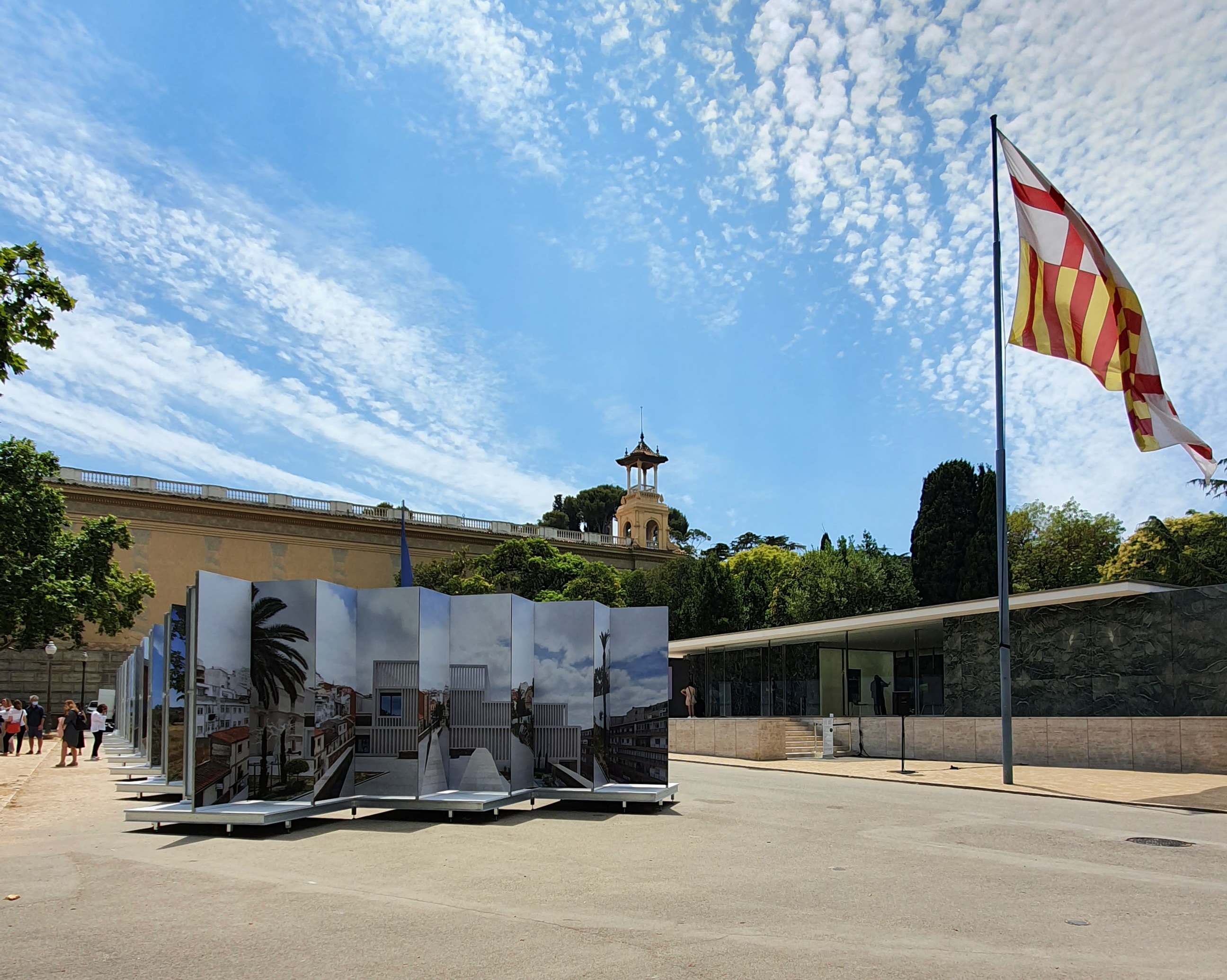Valencian-born Fran Silvestre, PhD in Architecture, opened his architecture studio 16 years ago, after working in Porto alongside one of the greats, Álvaro Siza. He currently has a large team alongside whom he has traced unique stories for each of his projects.
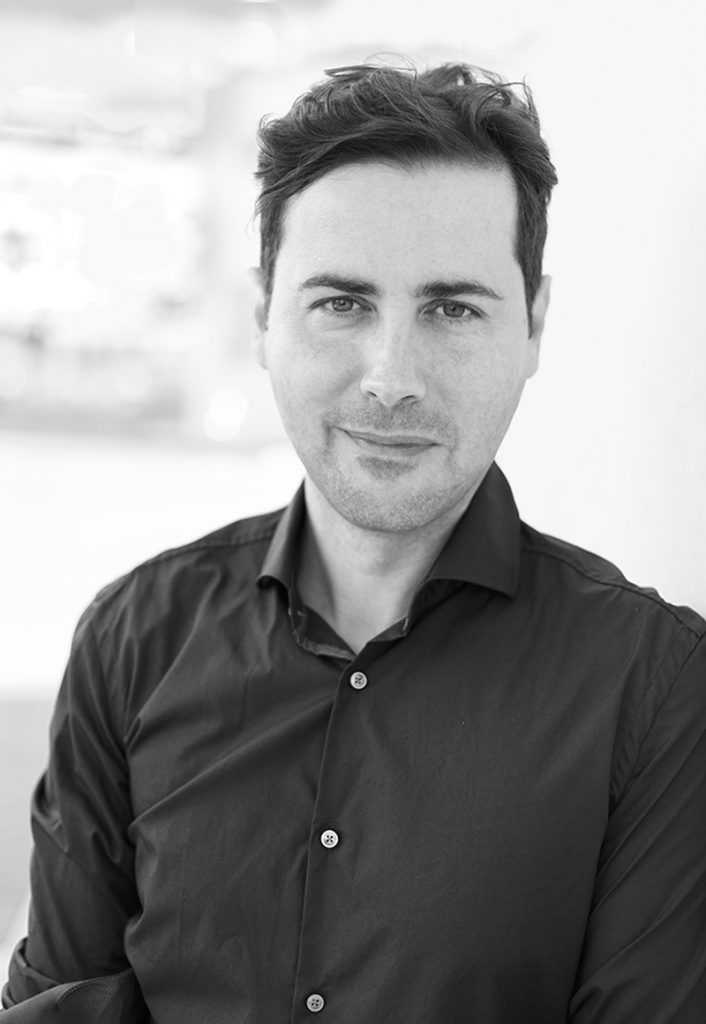 How did you discover your passion for architecture?
How did you discover your passion for architecture?
Truth be told, it’s innately vocational—I knew what I wanted to do from being a small child as I used to build lots of things. I come from a family of engineers and this also played a part. Valentín Silvestre, my great grandfather, was a hugely creative, renowned engineer and inventor in his day.
You currently have a fairly large team of 37 professionals. When did you decide to set up your own studio? How has it developed?
I worked alongside Álvaro Siza, one of the world’s top architects, at his studio in Porto. After a couple of years, I decided to come back to Valencia to oversee some of his projects in the city. Additionally, at the time I was close to an interior designer with over 20 years professional experience, Andrés Alfaro Hofmann, who started to receive architecture commissions, so some opportunities came about to start developing a studio. The combination of these opportunities and the desire to do projects together lay behind the decision.
That was in 2005. Meanwhile, I started to teach whilst establishing the studio. And when you teach, you always have an open mind. I’m not a genius like Álvaro Siza, so I need a great team to work. The work in our office is only possible thanks to our team. I would’ve preferred not to use my name for the studio and instead highlight what everyone else does, but it just happened that way. Thanks to my teaching, I have a great opportunity to select the team I need from amongst my students.
How would you define your style?
All the architectural projects at the studio aim to find pureness of form through a language which, like a grammar of architecture, tends towards a systematisation of the process. It’s less to do with style, which would be calligraphy, but rather concept. A series of forms or pieces that through internal experimentation lead to different projects which, to date, have been realised.
Who are your references in the world of architecture?
I really like to geometrise when I’m designing, and sculpting gives you the freedom to investigate and move forward. My biggest influence comes from the sculptor Andreu Alfaro, without a doubt. The architectural approach in his sculptures is an inspiration for our projects.
Then, of course, there’s Álvaro Siza. Both Siza and Alfaro tend to underline a sense of clarity rather than simplicity in their work in their own disciplines. In turn, Alvar Aalto’s timeless architecture and precision details also make him a good benchmark.
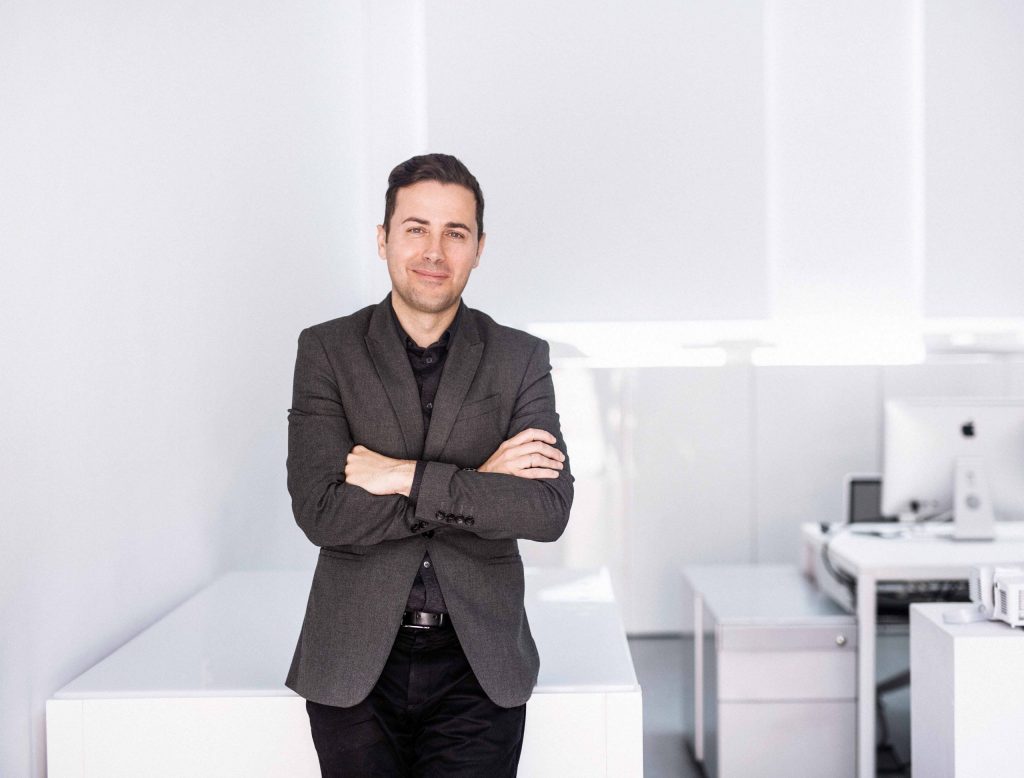
Would you say your projects and style have evolved over your career? If so, how?
More than style or language, which are linked to calligraphy or typography used when writing a text, we like to reflect and work on the content of the message. The story and message are always different for every project. As a fairly young studio, we like to be continually learning and, through experience, entrust that we can consolidate our values and innovate processes.
What elements of everyday life inspire your work?
In our day-to-day, for example, nature and natural areas near water. We are lucky to live by the Mediterranean Sea.
Which project are you particularly fond of, or represented an emotional bond for you?
We like to take every project as if it were the first, last and only one. However, perhaps our most important project is the studio itself and the people there—seeing how it all evolves every day motivates us to continue working and putting in the effort to design new projects.
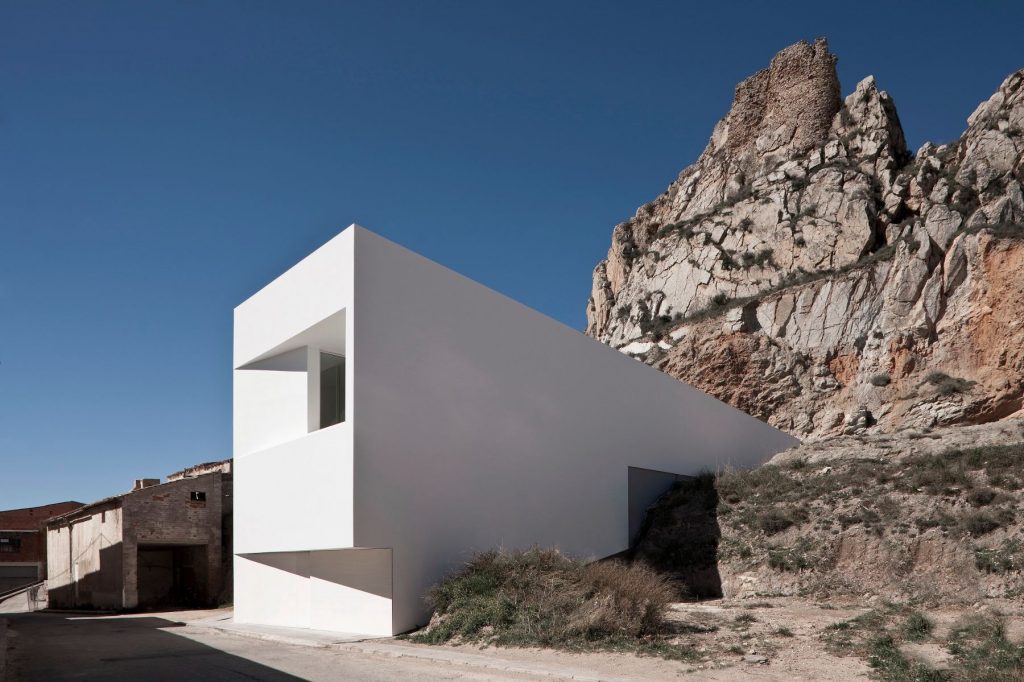
Many of your projects are intimately linked to nature—what lies behind this?
When you’re designing, whether it be a family home or a large-scale project, the surrounding landscape often becomes a starting point for the project design. The landscape or territory comes with determining factors such as the climate, the lie of the land and the vegetation. Unwittingly, this guides the creative and constructive process that leads to the final project. So, we always try to visualise this interior-exterior relationship.
Many of your projects are built by respecting the inherent shapes and structures of mountains or territories, such as House of the Sun. What is the most challenging element on this type of project?
Every project is a challenge to us, and we see it from different perspectives: the use of new materials, new technology and new uses to improve people’s lives. Innovation based on experience and improving tradition.
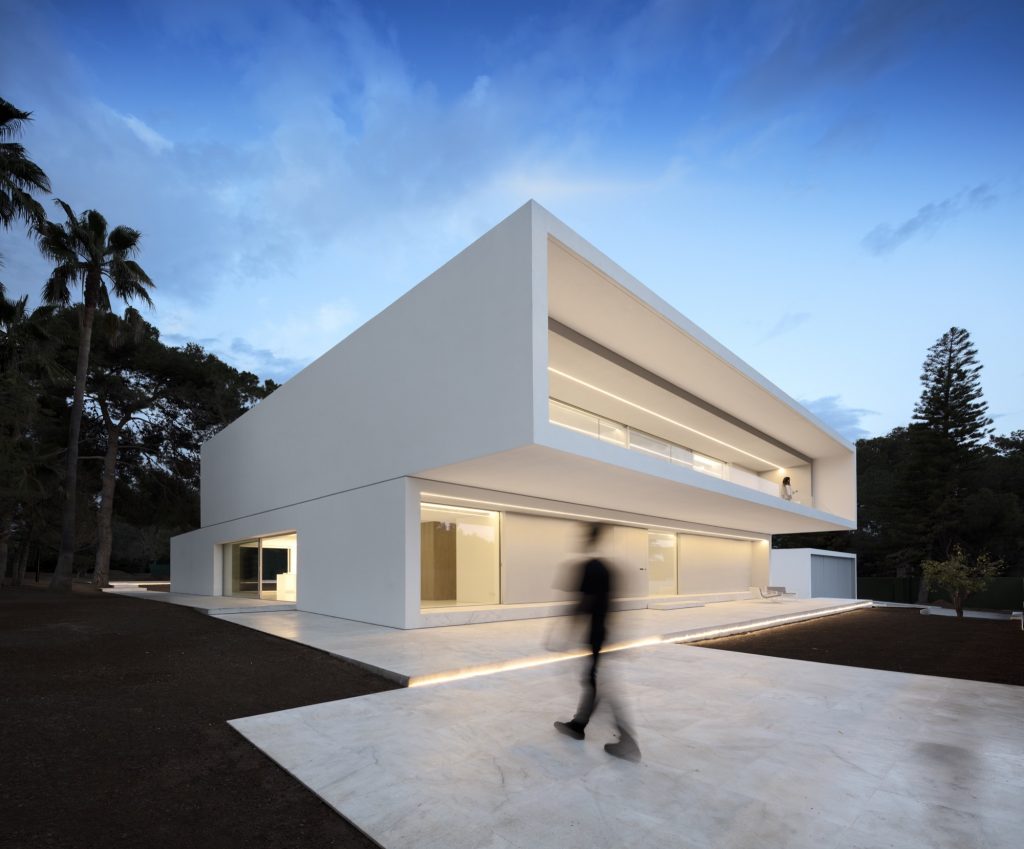
Could you tell us about a project that you would like to do but have yet to get the chance?
Maybe something in the wind power sector. We have an unbuilt project but one where we have put in a lot of effort, enthusiasm and rigorousness. It is a clear commitment to renewable energy that we believe could become a standard for the present and the future.
What materials do you usually use in your projects? Why do you choose them?
Every project requires different materials and a distinct way for them to be used. We continually seek to highlight the use of innovation through new materials and technology to improve people’s lives. We always view innovation based on experience that improves on tradition.
Do you use COMPAC materials for your projects? What do you think about this type of material?
Yes. We adapt to every project and its requirements, but we highly value honesty in materials. This is why stone is a common feature in our designs.

